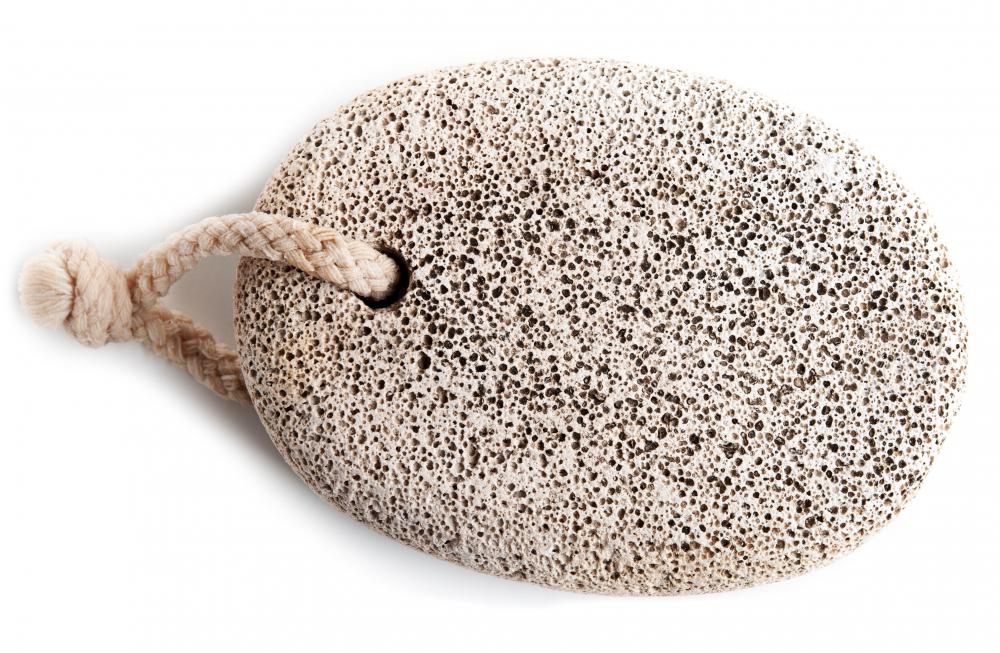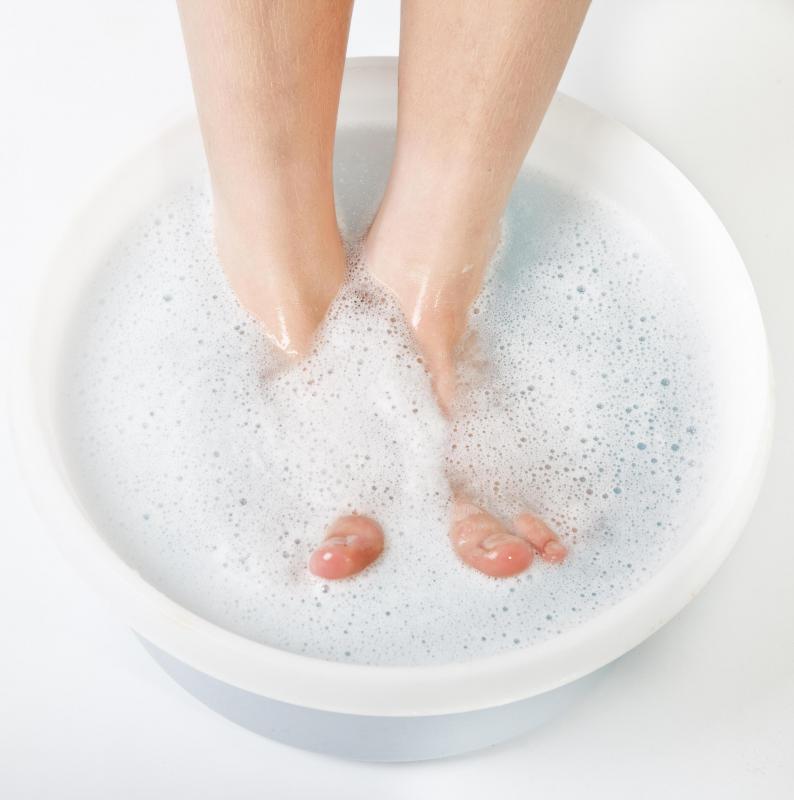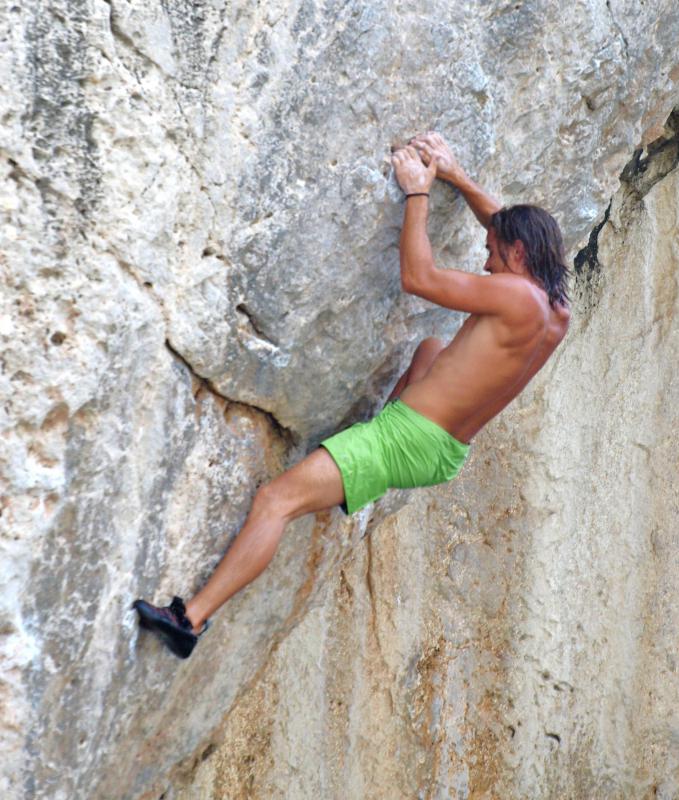At TheHealthBoard, we're committed to delivering accurate, trustworthy information. Our expert-authored content is rigorously fact-checked and sourced from credible authorities. Discover how we uphold the highest standards in providing you with reliable knowledge.
What is a Toe Callus?
A toe callus is an area of thickened skin on the toe. Calluses form in response to friction and pressure, and can be accompanied with corns on the toes, a closely related formation of thickened skin. There are a number of options available for treating a callus if it becomes uncomfortable or unsightly; podiatrists would like it noted, for the record, that cutting away calluses is not recommended.
There are a number of ways in which a toe callus can form. One of the most common is as a result of wearing shoes which are not properly fitted. Footwear which is too tight, which puts strain on an area of the foot, or which does not facilitate easy walking can cause a callus to develop on the toe. Gait abnormalities and frequent walking, biking, rock climbing, or other athletic activities can also promote the development of a callus.

Once a callus starts to form, it should be addressed as quickly as possible, before more layers of thickened skin develop. Soaking the foot in hot water and salt or hot water and baking soda and following with a pumice scrub can help to remove the thickened skin without breaking the skin or hurting the foot. Many drug stores carry pumice stones which can be used to scrub the feet, and they can also be purchased at stores which stock beauty supplies. An emery board or foot file can also be used.

Certain hand creams can also help with a toe callus, as can foot creams. Creams designed to soften hard skin will help break down the callus. One of the best ways to use such creams is to apply the cream before bed and pull a pair of socks on over the feet to give the cream plenty of time to work.
There are also commercial toe callus products like medicated pads and wipes. These are generally not recommended, as they can be hard on the skin. Likewise, corn and callus pads for the shoes can actually make the pressure worse, rather than better. Instead, a custom-fitted sole insert can be used to relieve and redistribute pressure safely.

If a callus keeps recurring, it may be a good idea to meet with a podiatrist. The doctor can evaluate the foot, talk with the patient about habits, and check out the patient's footwear. Using this information, a recommendation for some lifestyle recommendations which will prevent toe callus formation can be made. For example, the patient might be able to resolve the problem by having shoes resoled, or by purchasing new shoes.
AS FEATURED ON:
AS FEATURED ON:















Discussion Comments
It really hurts bad. I feel like ripping my toe off. The lady who does my pedicures keeps nipping off the skin on my big toe callus and stuff keeps coming up.
I believe it's time to dip my feet in hot water and salt and to rub moisturizing substance on my feet before I go to bed.
One thing that I've found is pretty common around the summer is getting calluses between the toes. My friends and I always get "flip flop" calluses from switching over from closed toed shoes to pretty much exclusively wearing flip flops during the summer.
Of course, they go away during the winter, but during the summer we're all stuck with calluses between our first and second toes. Just part of the summer, as far as I'm concerned.
@galen84basc -- Well, like the article said, don't try to cut it off -- you could get a toe infection.
I would say that if you keep getting a callus on one spot over and over again, you should talk with a podiatrist to see what's causing it.
Many times the causes of calluses on the toes is a problem with the way you walk. You said you don't wear tight shoes, but do you wear properly fitted shoes? Too lose shoes could be a problem too.
I used to get a callus on my little toe just like the one you're describing, and my podiatrist ended up showing me how my shoe was causing it. Now I've got it all sorted, and no more callus!
I'd really advise you to seek out a podiatrist if the callus bothers you that much, and especially since is appears to be recurring.
He or she will be able to tell you what's going on, and you can get it fixed.
What would you guys say the best toe callus treatment that you've tried is? I have a big toe callus, and I've tried every toe callus removal method in the world, but it just keeps coming back.
What should I do? I don't have a lot of foot calluses, it's just the one, and I don't wear tight shoes or anything...
Post your comments